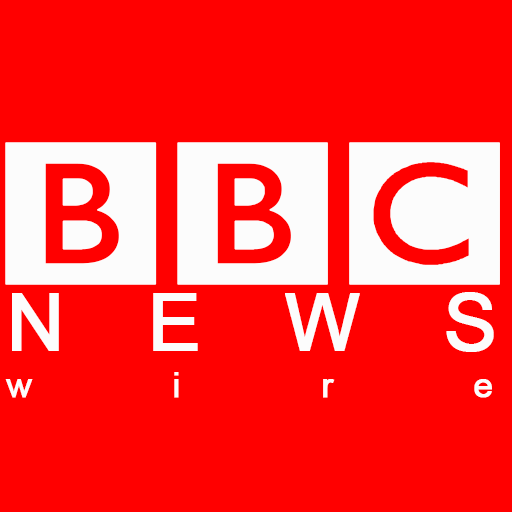The 24 European countries that still don’t use the Euro as one more joins – full list | World | News
The Euro is the European Union’s monetary unit and currency, though surprisingly a number of EU states don’t use it – and some nations that aren’t part of the bloc do. The currency was brought in as a noncash monetary unit in 1999, with currency notes and coins appearing in countries in 2002.
That year, it became the sole currency of 12 EU member states, as they moved away from using their previous national currencies as legal tender. Since then a number of countries have also adopted the currency. Bulgaria, which currently uses the Lev, is set to join them, after securing approval this week from the European Central Bank and the European Commission to join the eurozone.
The Balkan nation will become the 21st EU state to switch to the Euro, with adoption planned at the begin at the start of next year, as per EuroNews.
Interestingly, some states like Andorra, Monaco, San Marino and Vatican City which are not part of the supranational group also have the euro as their currency, due to monetary agreements with the EU.
All EU Member States are required to adopt the Euro and join the Euro area once they meet certain criteria.
These are a series of macroeconomic indicators known as the “convergence criteria” to ensure that countries which join the euro zone are fiscally stable.
According to the European Commission website, these focus on: price stability, sound public finances, exchange-rate stability, and long-term interest rates.
Sweden, Poland, the Czech Republic, Romania and Hungary are yet to adopt the euro, but will eventually be obliged to to do so.
The only exception is Denmark which is legally exempt from adopting the Euro having agreed an opt-out with Brussels.
Widely recognised European countries that don’t use the Euro (including EU countries)
- Albania – Lek (—)
- Armenia – Dram (֏)
- Azerbaijan – Manat (₼)
- Belarus – Rouble (Rbl)
- Bosnia and Herzegovina – Convertible Mark (KM)
- Bulgaria – Lev (лв) – EU
- Czech Republic – Koruna (Kč) – EU
- Denmark – Krone (DKr) – EU
- Georgia – Lari (₾)
- Hungary – Forint (Ft) – EU
- Iceland – Krona (Kr)
- Liechtenstein – Franc (SFr)
- Moldova – Leu (—)
- North Macedonia – Denar (DEN)
- Norway – Krone (NKr)
- Poland – Zloty (Zl) – EU
- Romania – Leu (-) – EU
- Russia – Rouble (₽)
- Serbia – Dinar (DIN)
- Sweden – Krona (SKr) – EU
- Switzerland – Franc (SFr)
- Turkey – Lira (₺)
- United Kingdom – Sterling (£)
- Ukraine – Hryvnia (₴)
A handful of partially-recognised states in Europe also don’t have the euro as their official currency. These include the Abkhazia, which is de jure part of Georgia and uses the apsar and the Russian rouble, North Cyprus which has the Turkish lira as its official currency, South Ossetia (Russian rouble), and Transnistria (Transnistrian rouble).





